Animals that humans have learned to track using face recognition technology

Face recognition technology has serious and rather persistent flaws. This year, they clearly showed up when Amazon’s system called Rekognition mistakenly identified 28 members of the US Congress as criminals. This technology suffers from both inaccuracies and systemic bias. Regardless of who uses this technology and for what purpose, the algorithms use raw data taken from a society that suffers from racial and sexual prejudices, which gives similarly biased results. Essentially, bad input gives bad output. In places like China, where the government is already engaged in mass surveillance, facial recognition is turning from an unpleasant aspect into a dystopia.
Obviously, in the field of observing people, there are many ethical and moral dilemmas. But what about animal observation?
Until new technologies allow us to understand the animals' point of view, people use computers for the recognition of their faces without any impost. This is not to say that people coped well in order not to harm animals. But at least for now we use our technological advances to track the state of ecosystems and have a positive effect on populations.
')
This week in an article in Bloomberg was a story about how a Norwegian company uses a face recognition system to photograph and store the faces of millions of representatives of the Atlantic salmon species to help combat the disease. A fish snout database will potentially allow farmers to track salmon stocks and notice health related anomalies, such as sea louse parasites.
Salmon is only the newest item on the growing list of animal faces that are loaded into databases. In some animals, the collected biometric data is used to preserve their species. For other AIs, it can help drive poachers away. Scary and cute at the same time, tracking these animals can both protect their populations and ensure the safety and tracking of livestock for developing communities. Here is a list of (known) animals that are being monitored with face recognition software, and a description of the reasons for this surveillance.
Cows

There are about 1.3 billion cows in the world that graze and weaken the environment with their fart gas. Diseases spread rapidly among densely livestock, so tracking their health can be challenging. Some companies in order to facilitate the process are turning to face recognition.
One such pursuer of cows is Dublin startup Cainthus, in which one of the largest private corporations in the USA, Cargill, invested this year. The company cooperates with local farms and helps them collect pictures of cow faces.
With such information as reported in Cargill, you can monitor the consumption of cow water and food, temperature and behavior patterns. After analysis, farmers can more carefully determine the health of the cow and even predict changes in milk yield.
Chickens
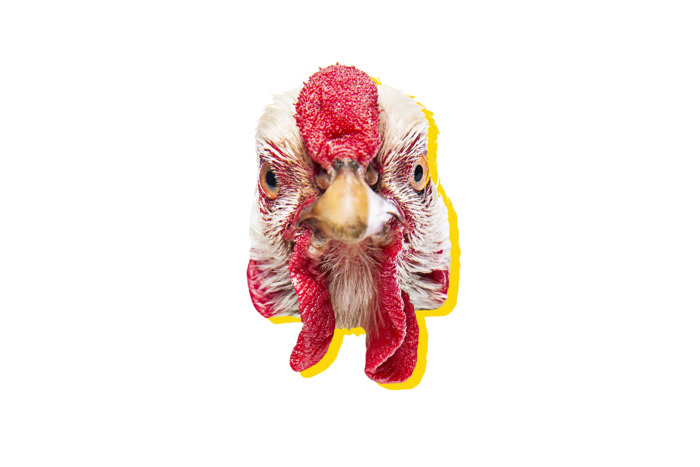
The GoGo Chicken blockchain-based system, launched by Chinese technology insurance company ZhongAn Online, allows “health- monitoring ” consumers to monitor the entire life cycle of their future lunch — the logical conclusion of the farm-to-table system.
In an interview, company director Chen Wei told the South China Morning Post newspaper: “When shopping, you saw our raw chicken, you can immediately check on your smartphone where it was born, what food you ate and how many steps went through your life.”
Pigs
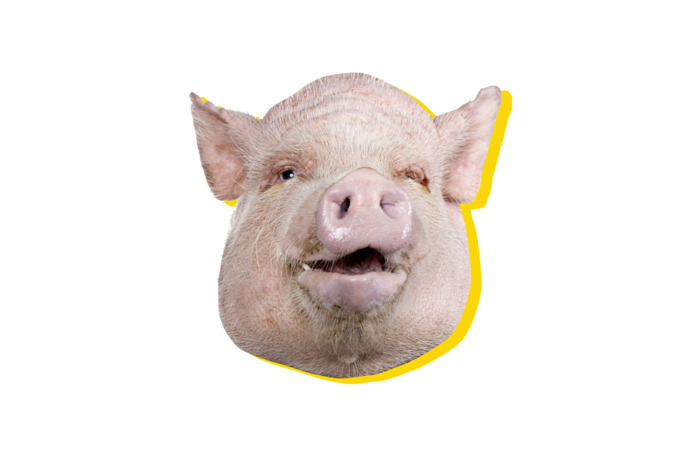
China is clearly leading in the arms race for spying cattle. Even Chinese e-commerce giant JD.com - the equivalent of Amazon - uses face recognition to track large groups of pigs to quickly determine their age, weight and diet.
According to Chen Yosheng, the founder of the Yingzi holding, it was much harder to keep an eye on the pigs than people, for one reason: “People can stand still in front of the cameras, but pigs can't.”
Sheeps

Researchers at the University of Cambridge use facial recognition to monitor the health of sheep. Specifically, they are interested in whether they feel pain. By feeding photos of sheep muzzles to a computer, researchers were able to quickly recognize the signs of this behavior — it would be difficult for people to cope with this task. Researchers believe this will help ensure a humane attitude towards animals.
“Assessing the level of pain in animals is a process critical to maintaining their well-being, but very time-consuming,” the researchers said .
Lions
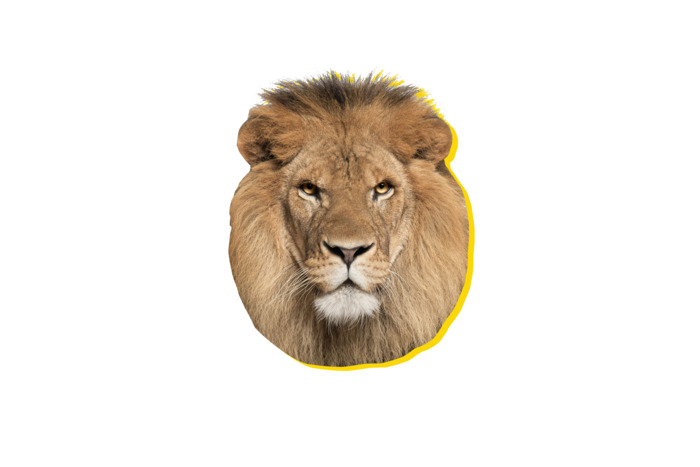
Yes, for the mighty lions, too, peep. Fighters for the environment and wildlife educators use face recognition to track lions from a database of over 1,000 individuals.
But entering the face of a lion in the database is not a job for the faint of heart. According to Scientific American , a photographer must be located no further than 30 meters from a large cat for the photo to work.
Tigers
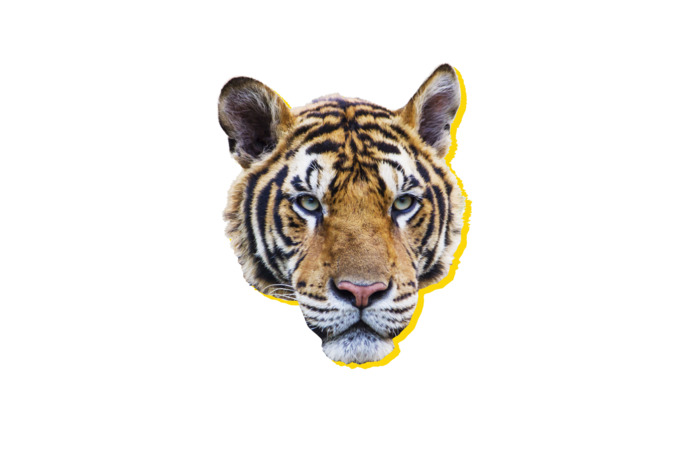
British researchers use online resources like Flickr and Instagram to help create and strengthen a database that can help monitor the global population of tigers online. After collecting the photos, ordinary people will be analyzed using the Wildsense Tigers application.
Birds

What happens when the quiet birdwatching tradition comes up against the 21st-century anti-utopian aspirations? Get an application that can recognize the face of 400 different birds of North America.
The technology works thanks to hundreds of photographs of birds sent by bird lovers from around the world.
Elephants
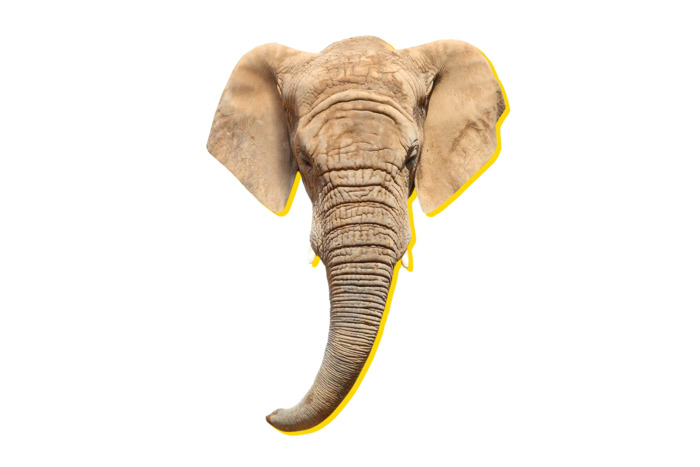
Wildlife experts track elephants to protect them from poachers. Using Google's AutoML Vision machine learning software from Google, the technology will be able to recognize elephants in the wild. According to the Evening Standard , the program can even send an alarm if it detects poachers in the same frame.
Lemurs

In 2012, these cuties with curved tails were named the closest to the extinction of animals. A team of researchers from the University. George Washington was trying to protect the last of the remaining ones. On the basis of 462 images of 80 red - bellied lemurs from Madagascar, researchers were able to create the LemurFaceID tool. He is able to distinguish the muzzles of two different lemurs with 97% accuracy.
“After optimization, our system can support long-term studies of the lives of famous individuals, providing a fast, economical and accurate method for their identification,” the researchers wrote .
Whales

The history of tracking whales owes its appearance to successful crowdsourcing. Because marine biology specialist Christian Khan found it difficult to distinguish between whales, he decided to upload photos to the Kaggle data processing competition site, and four months later , the data mining company DeepSense accurately recognized the whales with accuracy in 87%.
Since then, the percentage of recognition has grown steadily, which allows fighters to protect the environment to track the movements and well-being of water giants. The Atlantic has gone so far as calling this technology " Facebook for the whales ." If so, will the whales join the #QuitFacebook movement?
Cats and dogs
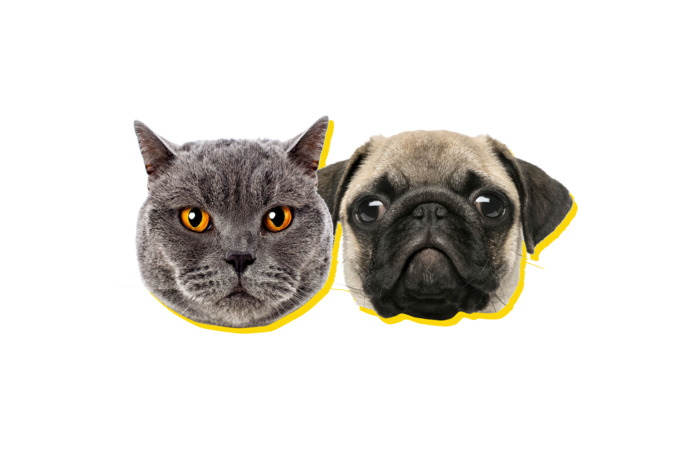
Of course, the list of animals that are monitored with the help of face recognition would not be complete without the best friends of a person and those who scratch you and put their paws in your mouth. The muzzles of dogs and cats have been recognized for several years now, and usually these tools are used to help owners in trouble find their lost (or escaped) pets. One of these systems, PiP, sends an alarm with a missing pet's face to veterinary clinics and animal shelters located within a radius of 25 km from the user.
Source: https://habr.com/ru/post/427555/
All Articles